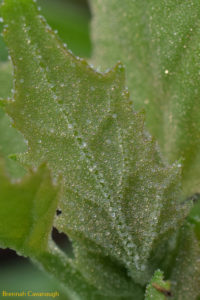Over the last month, we’ve been working on planting crops for the fall and winter. Now we’re starting to be able to harvest our first greens from our efforts, but they aren’t the ones we planted! Those ones are still coming along, but aren’t ready yet. The plants we’ve been harvesting are weeds. Many of the weeds that commonly pop up in gardens are actually edible and nutritious, and if you know which ones they are, they can add variety to the harvest (and make it come sooner as most of them are very quick growing and are best harvested young). Here’s a look at what we’re harvesting.
Amaranth
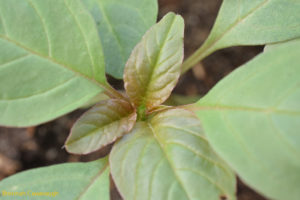
Amaranth is not just a weed, it is a plant that is often grown as a crop, but it also grows wild and is often treated as a weed when it does. We have a wild variety, and we also have a variety that is a cultivar that has probably crossed with the wild variety, and just pops up in the chicken yard now (and wherever the soil from the chicken yard goes, like our garden).
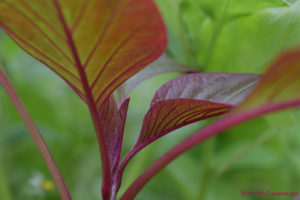
Wild mustard
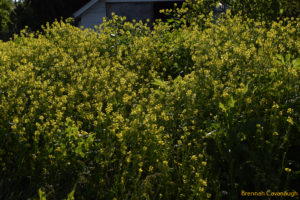
This is one of our most prevalent weeds and as a stronger green, much more comes up than we can eat. Fortunately, the chickens love it, and we like to share it with them. Especially in the winter when greens are scarce, wild mustard growing in our hoophouse (along with bittercress and some greens from our crops) helps satisfy their constant appetite for greens.
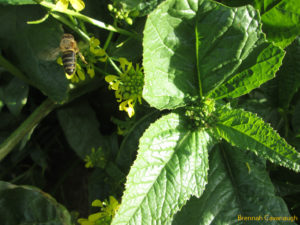
Wild Spinach (chinopodium album)
This plant has a lot of common names, many of which are also used for other unrelated plants. In other words, the common names of chinopodium album are a bit of a disorganized mess. I like wild spinach since it is fairly descriptive (it is related to spinach, although technically it is more closely related to quinoa), and I’ve never heard anything else being called that. Other names I’ve heard this plant called are goosefoot, lamb’s quarters, fat hen, and pigweed (this name is also applied to amaranth).
